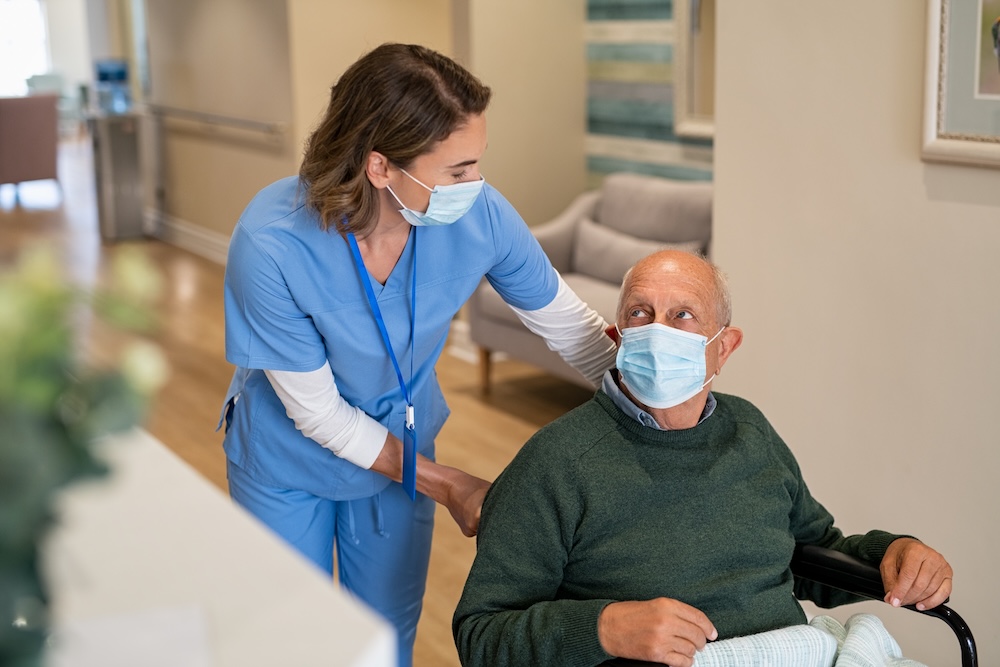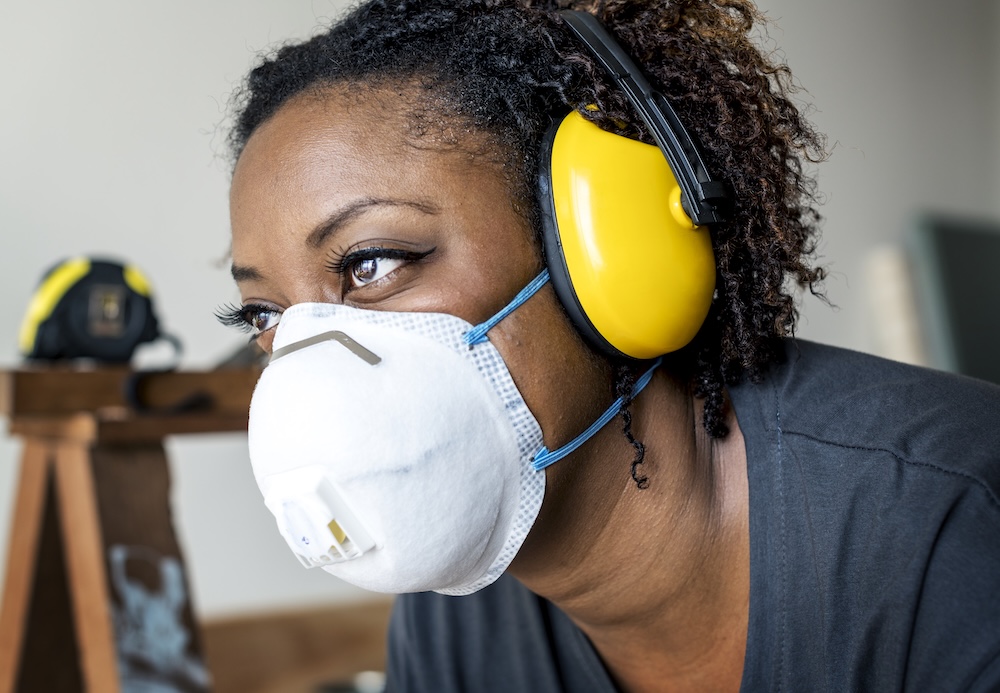What is Supported Accommodation?
Supported accommodation (sometimes referred to as Ofsted semi independent living) is a type of living arrangement specifically designed for care leavers and looked-after children aged 16 and 17 who have been placed by the local authority.
As these young people prepare to transition into adulthood, supported accommodation provides them with a safe and structured semi-independent environment.
Supported Accommodation Categories
- Single Occupancy: For a young person who may benefit from a higher level of independence within their own living space.
- Shared Accommodation or Group Living (limited to looked after children and care leavers): This setup supports a young person in care who is able to live among peers in a community setting with tailored guidance.
- Shared Accommodation or Group Living (not limited to looked after children and care leavers): A broader shared setting that may include other young people who are also transitioning to independence.
- Accommodation Provided by an Individual in a Private Residence: This model places a young person with an individual or family in a private residence, offering a unique form of support and stability within a homely environment.
Each of these supported accommodation categories serves a specific need, ensuring that young people can thrive in an environment that matches their individual capabilities and teaches them essential life skills.
Understanding Ofsted’s Role in Supported Accommodation
Ofsted’s role in supported accommodation has become even more significant since this sector became newly regulated, with formal inspections beginning in September 2024.
This recent regulatory shift means that supported accommodation providers are now subject to rigorous standards, ensuring that young people aged 16 and 17 receive high-quality, consistent care across the board.
Ofsted’s inspections evaluate living conditions, safety protocols, and support services to create secure and supportive environments for these vulnerable young people as they transition into independence.
With this newly regulated framework, Ofsted’s involvement encourages accountability, continuous improvement, and a commitment to nurturing environments that prepare young residents for successful adult lives.

Supported Accommodation Registration Process
To operate legally, all supported accommodation providers must register with Ofsted, marking a crucial step in ensuring quality and accountability within the sector.
The registration process is comprehensive and involves three stages:
- Providers submit two application forms and supply essential documents
- Ofsted carry out checks with local authority
- Providers undergo an initial inspection (ideally within 40 days of application moving to stage 3)
During this process, Ofsted evaluates the provider’s capacity to meet high standards of care and their ability to create supportive, safe environments for young people.
The registration process opened in April 2023 and as of November 2024, Ofsted has received over 1,450 applications, with approximately 650 providers achieving full registration.
Given the high demand, Ofsted prioritised processing as many applications as possible to establish a foundational framework of registered providers. However, this focus on registration volume led to a delay in the full implementation of the inspection framework.
Inspections started rolling out in September 2024 with Ofsted aiming to uphold quality standards across the sector.
Supported Accommodation Quality Standards and Requirements
To maintain their registration and meet regulatory expectations, providers must adhere to Ofsted’s four Quality Standards for supported accommodation:
- Leadership and management
- Protection
- Accommodation
- Support
These standards are designed to ensure that young people in supported accommodation receive not only safe and suitable living conditions but also a well-rounded support system that fosters personal growth and development.
An essential part of this structure is the appointment of an experienced, registered service manager to oversee daily operations and ensure compliance with all regulations.
Under Regulation 32, the Registered Manager of a supported accommodation provider is also required to review and submit regular reports detailing the quality of support and resident experiences.
What is The Statement of Purpose in Supported Accommodation?
In supported accommodation, the Statement of Purpose is a foundational document that outlines the provider’s mission, aims, and the specific services they offer to young people. This document is essential for both Ofsted and potential residents, as it clearly defines the type and level of support the provider commits to delivering.
The Statement of Purpose covers key details such as the accommodation setup, the support available, the qualifications of staff, and the approach to fostering independence among residents.
Ofsted requires each supported accommodation provider to have a Statement of Purpose that aligns with regulatory standards, ensuring transparency and accountability.
Supported Accommodation Inspection Process
Ofsted’s inspection process for supported accommodation is designed to evaluate whether each registered provider is meeting the required Quality Standards and delivering a safe environment to support young people.
As a registered provider, you will be given two days' notice that an inspection will take place to ensure an accurate representation of day-to-day operations. The initial call will be made before 9:30 (two days prior to the start of inspection). After this, further contact will be established to provide more information and discuss plans for the inspection.
During an inspection, Ofsted assesses providers against these Quality Standards by reviewing records, policies, and procedures, observing interactions within the accommodation, and speaking with staff and residents to understand their experiences and the level of care provided.
The length of an inspection and the number of inspectors will depend on the size of the provider, but two inspectors are expected to be on-site for a maximum of three days for most inspections.
Following an inspection, Ofsted provides verbal feedback, a provisional outcome and, if necessary, issues recommendations or requirements for improvement.
The final report is then published on the Ofsted website, offering transparency and allowing young people, families, and local authorities to make informed choices about supported accommodation options.

How to Prepare For Your Ofsted Inspection
Preparing for an Ofsted inspection is an ongoing process. The best approach is to consistently deliver high-quality care and actively collect evidence that demonstrates compliance with Ofsted standards.
As a registered provider, you should ensure that you maintain strong records of your care practices, as well as feedback from residents, staff, and stakeholders. This documentation is essential for showing inspectors that you are consistently meeting the quality standards in leadership, management, protection, accommodation, and support.
Using tools like Vatix’s event reporting solution can make this preparation much more manageable. Vatix offers user-friendly reporting tools that allow providers to document incidents, track resident progress, and collect real-time feedback efficiently.
But that’s not all. Our audits and inspection tools help you align your services with Ofsted’s Quality Standards, enabling you to run mock inspections and train your team to excel when it matters most. This proactive approach builds confidence and ensures you’re fully prepared for any evaluation.
For providers managing multiple locations, Vatix takes it a step further. Our platform allows you to report on a site-specific level, giving you the ability to drill down into detailed data for each accommodation. This targeted insight helps you identify strengths and address areas for improvement, no matter how many sites you oversee.
These tools enable providers to keep up-to-date records and generate comprehensive reports, making it easy to access supporting evidence during inspections.
By integrating regular documentation and feedback into daily operations, providers can stay inspection-ready and demonstrate their commitment to delivering safe, supportive environments for young people.
Conclusion
Supported accommodation offers essential support for young people transitioning from care to independence, providing a structured, semi-independent environment. With Ofsted inspections introduced in September 2024, providers must meet quality standards across leadership, protection, accommodation, and support to ensure young residents' well-being.
Providers are required to register with Ofsted, maintain a Statement of Purpose, and follow strict reporting and management protocols.
Tools like Vatix’s reporting system can support providers in staying organised and inspection-ready, helping them create safe, supportive pathways for young people moving into adulthood.
If you'd like to learn more about how we can help you achieve sustainable compliance – and prioritise providing an excellent level of care – get in touch today.

.png)


